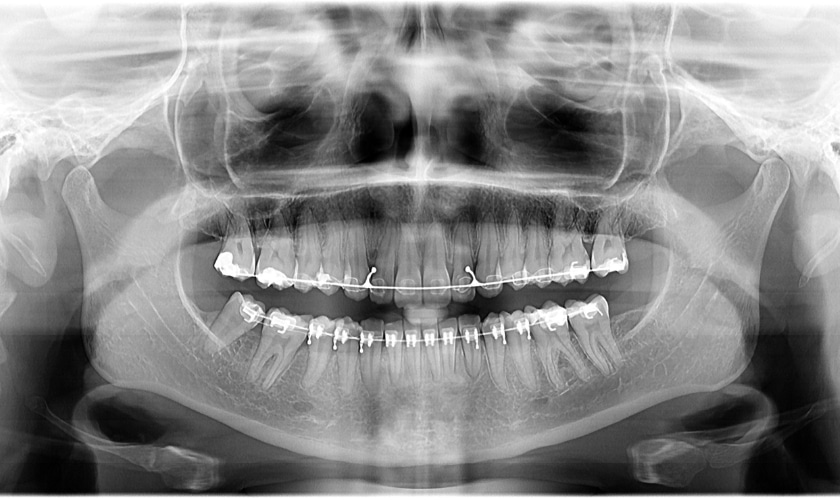Orthodontic treatment is a common rite of passage for many teenagers. Crooked or misaligned teeth can cause self-consciousness and can lead to dental problems later in life. Fortunately, there are many orthodontic options available for teens, from traditional metal braces to clear aligners like Invisalign. In this blog, we’ll explore the different orthodontic options available for teenagers and help you determine which one is right for you.
What Are the Different Types of Orthodontic Treatment for Teens?
Traditional metal braces:
These are the most common type of orthodontic treatment and involve brackets and wires that are attached to the teeth to gradually move them into the desired position.
Ceramic braces:
These work in the same way as traditional metal braces but are made from a clear or tooth-colored material that is less noticeable.
Invisalign:
These are clear, removable aligners that are custom-made for each patient and gradually shift the teeth into the desired position.
Source – American Dental Association (ADA)
What Are the Pros and Cons Of Each Type Of Treatment?
Each type of orthodontic treatment has its own set of pros and cons. Here are some things to consider when choosing the right treatment for you:
-
Traditional metal braces:
Pros include that they are effective for correcting complex dental problems, and the brackets and wires are sturdy and durable. Cons include that they are noticeable and can cause discomfort and difficulty with eating and oral hygiene.
-
Ceramic braces:
Pros include that they are less noticeable than traditional metal braces and can be more comfortable. Cons include that they are more fragile than metal braces and can be more expensive.
-
Invisalign:
Pros include that they are virtually invisible and can be removed for eating and oral hygiene. Cons include that they may not be suitable for severe dental problems and can be more expensive than other types of treatment.
How Do You Know Which Type of Treatment Is Right?
The best way to determine which type of orthodontic treatment is right for you is to schedule a consultation with an orthodontist. They will evaluate your dental health and help you determine which type of treatment will be most effective for your specific case.
In general, traditional metal braces are the most common type of treatment and are suitable for correcting a wide range of dental problems. However, if you’re looking for a more discreet option, ceramic braces or Invisalign may be a better choice.
Conclusion:
Orthodontic treatment is a common rite of passage for many teenagers. With so many options available, it can be challenging to determine which type of treatment is right for you. Traditional metal braces, ceramic braces, and Invisalign are all effective options, and the best way to determine which one is right for you is to schedule a consultation with an orthodontist.
FAQs:
- Is orthodontic treatment painful?
Orthodontic treatment can cause some discomfort, especially during the first few days after braces or aligners are placed. However, the discomfort is usually mild and can be managed with over-the-counter pain medication.
- How long does orthodontic treatment take?
The length of orthodontic treatment varies depending on the complexity of the case, but most patients can expect to wear braces or aligners for 12 to 18 months.
- Can I still play sports or musical instruments with braces or aligners?
Yes! With traditional braces, you may need to wear a mouthguard to protect your teeth during contact sports.

